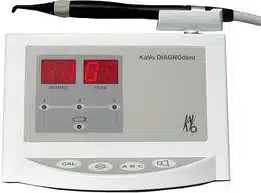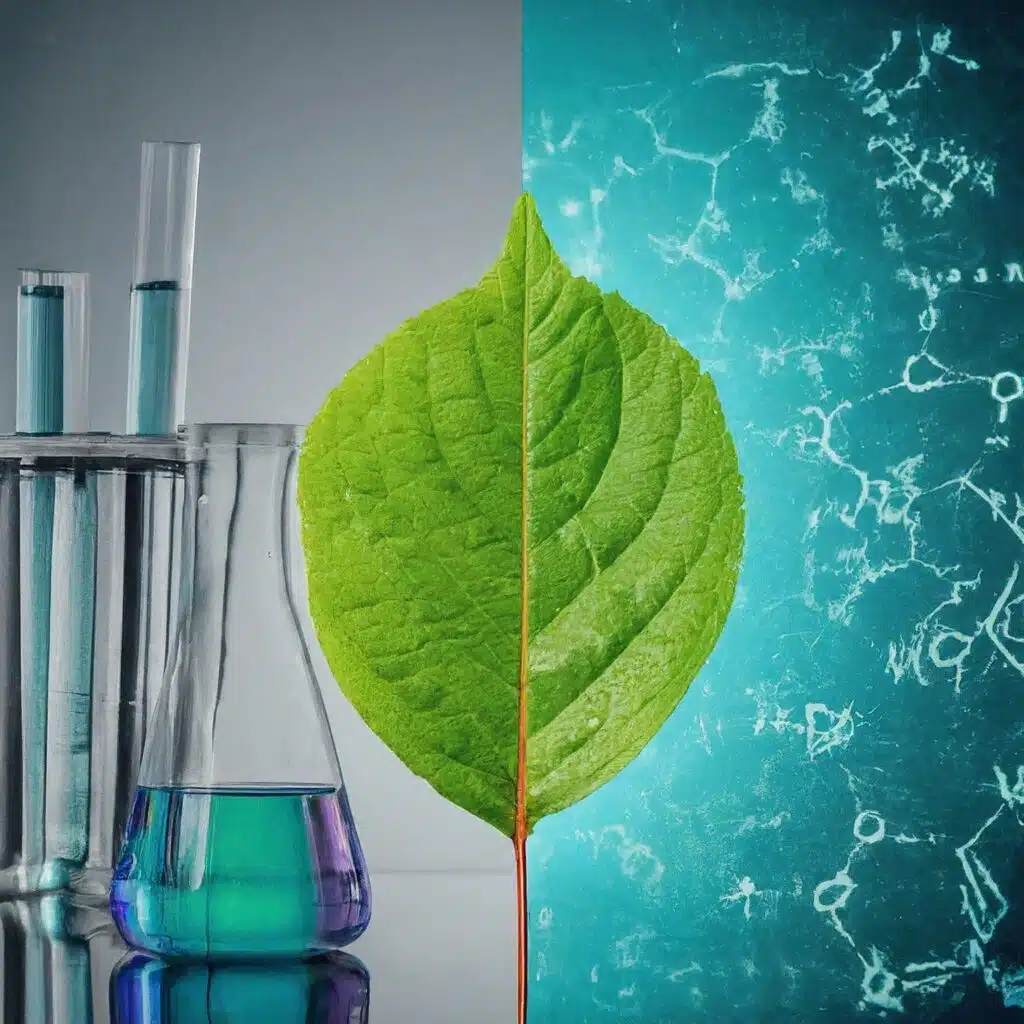Many of my patients have seen me use a dental instrument called a Diagnodent in the office. It is one of the latest diagnostic tools in dentistry.
No more poking and prodding. No additional radiation. No waiting until the film develops. A laser now detects cavities. And it may do it more accurately than conventional x-rays in many cases. How does it do it? It measures the amount of enamel and dentin lost and assigns a number using a special scale. The number helps the dentist decide if the tooth needs a filling or should just be checked again in several months. Small amounts of decay can disappear if the tooth hardens the softened enamel, 
It gives you such accurate readings that if you decide to watch a tooth, six months down the road, you’ll rescan the tooth and check the reading. Sometimes we may find the numbers get smaller.
The device (the Diagnodent) is painless, and very safe. It does not necessarily find more decay. It helps us decide if it’s true decay. If small cavities are detected, patients can take steps that will help to remineralize the tooth and may avoid a filling entirely.
This new laser cavity detection system does not replace all x-ray technology. But it is one more tool we have to help keep your cavities small and your dental bill smaller.



